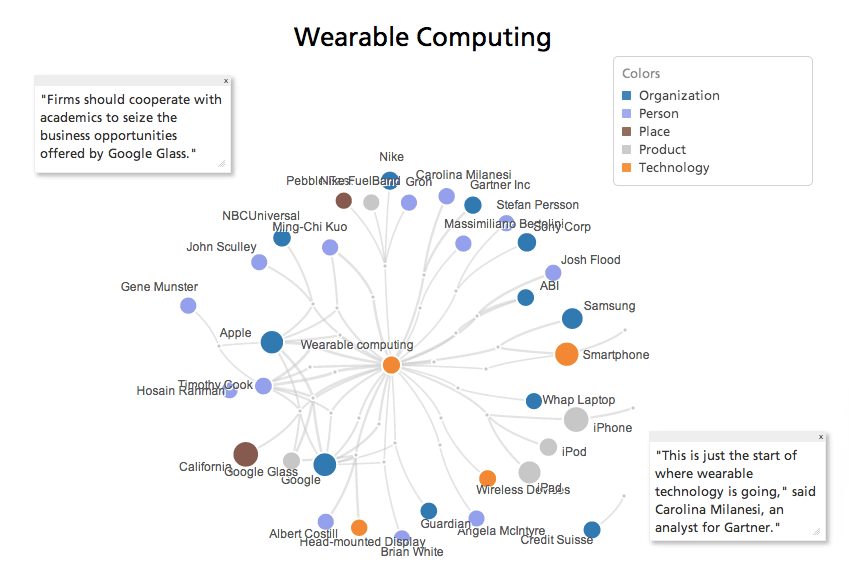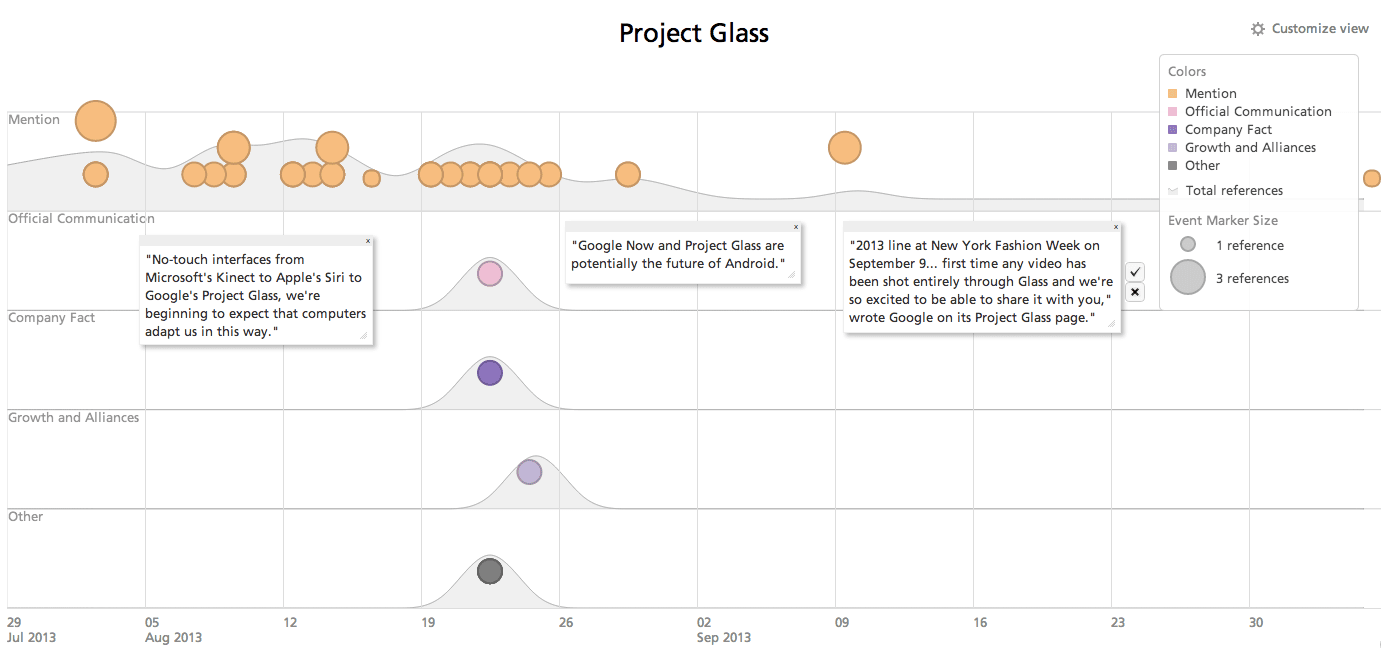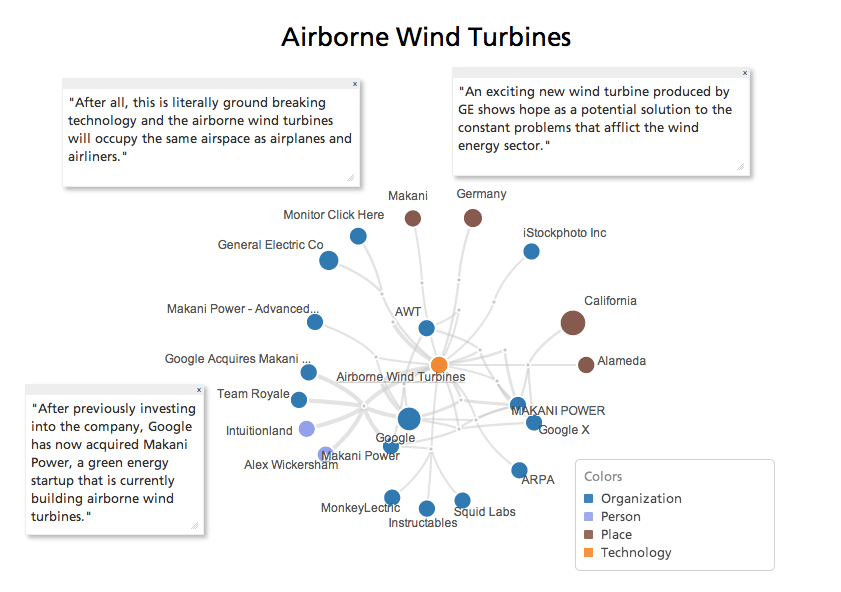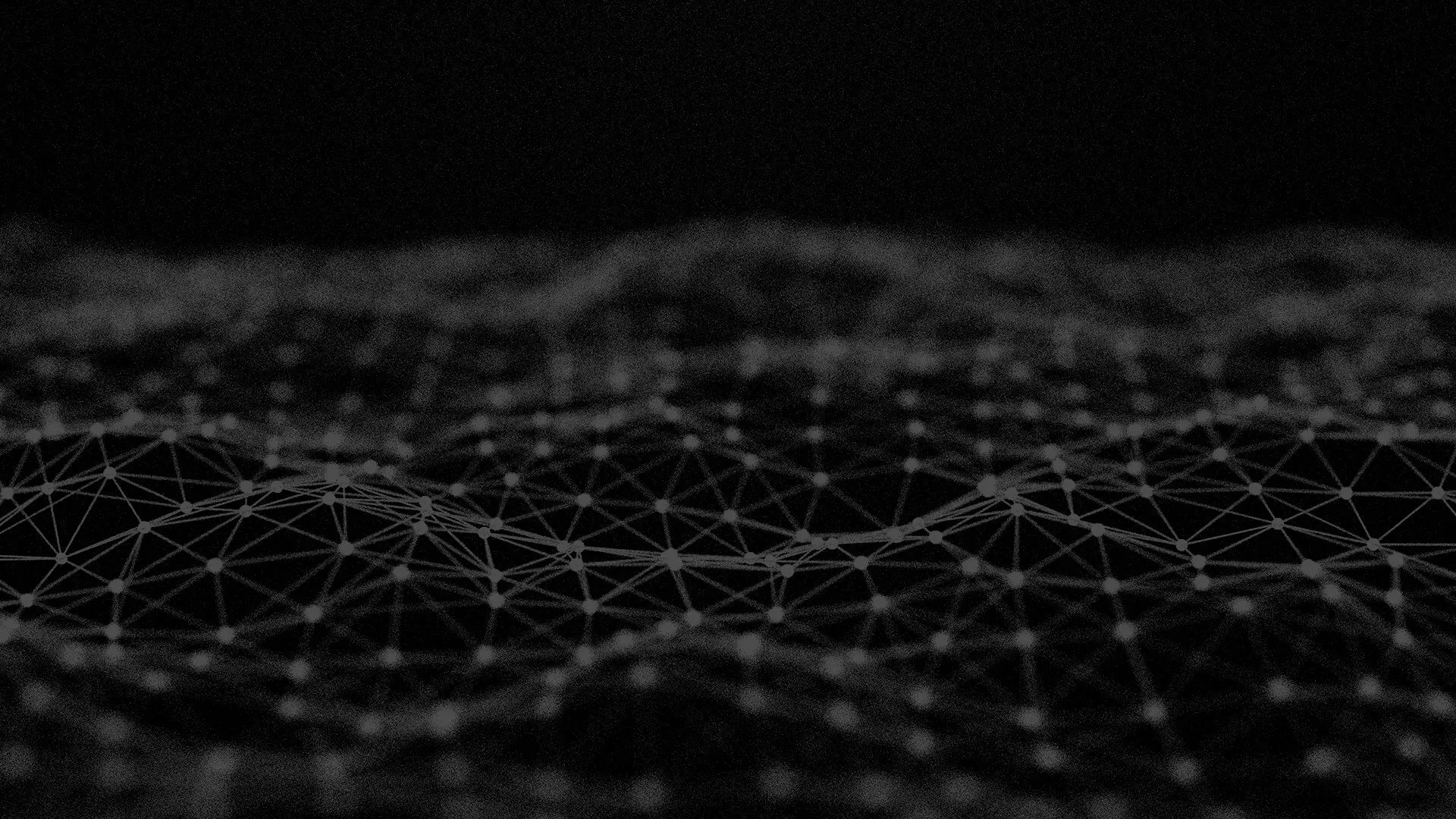3 Future Google Projects That Will Change Your Life
It seems like a fairytale story few are capable of conjuring, or a creation plucked straight from an X-Men movie, but the giant behemoth Google maintains a low-profile research lab known as Google[x] just half a mile away from its corporate headquarters in Mountain View, California.
What distinguishes Google[x] from other regional labs?
Your future.
Astro Teller, Director of Google[x] Products, stated “when we come up against things we can’t forecast, we assume if we can’t imagine it, it isn’t possible.” By that same philosophy, Teller and his fellow league of extraordinary colleagues highlighted mind-blowing project plans ranging from whimsical Willy Wonka-esque space elevators, 100x fast broadband connectivity, to advanced robotics emphasized in Google’s driverless car. The milestones reproduced begin as fictional plots, yet proven to be achievable by human potential. For a company that abides by its informal motto, “Don’t be evil,” Google’s vision seems limitless and indefinable by the nature of its scope. It goes beyond the norm to constantly nurture our feelings of hope and elation, only replicated by the feeling of a child entering Disneyland for the first time. However, some of the projects might be on the brink of saving your future, and the future for generations ahead.
Yes. You read that correctly.
Google[x] labs has been “cooking” new projects with attainable scopes that could rapidly and dynamically set the precedent for an evolutionary jump in technology, energy, and communication. These industries can use the “big data” craze to create positive global solutions NOW.
Without further ado, let’s look in our crystal ball and review three upcoming Google projects.

Project Loon
You might be reading this article with your 50-100Mbps high-speed internet yearning still for a faster connection to stream your queue of Netflix movies. But keep in mind, two-thirds of the world’s population lack internet access. You are considered privileged even if you have a dial-up connection.
Google’s Project Loon is a new venture that tackles rural and remote areas in dire need of internet access. How do they do that? Why?
By connecting a large network of high-altitude balloons and straddling them on the Earth’s stratosphere, of course! The ambitious project, earning a successful prototype already, started on June 30, 2013 on the outskirts of New Zealand’s South Island of Christchurch and Canterbury. Traveling at speeds of 20KM, the balloons would be guided by capable software algorithms and the Earth’s natural layer of winds to create a huge network capable of bouncing signals to the antenna (belonging to the consumer) below and back.
To appease the minds of tech-junkies, the balloons are made of polyethylene plastic capable of withstanding high pressure altitudes (15m wide: 12m tall) and are powered by electronic units through solar-powered panels (100W of energy); one single balloon can cover an area of 40KM, delivering internet speeds comparable to 3G networks! (Not bad at all!)
So what does this mean for us?

Project Loon will not only solve the dilemma of connectivity for rural and remote areas, it will revive a niche in the socio-economic and agricultural sector effectively. Quoting World Bank group vision, Taller & Gaudett:
Improved communication and information access are directly related to social and economic development.
Further, while many international trade barriers have been eradicated from big conglomerates list of “lucrative and attractive businesses,” the small and medium enterprises market (SME’s) have not been able to infiltrate and compete with international markets due to lack of proper infrastructure and resources (e.g. e-commerce); building awareness to outlying communities about various products and services due to lack of communication is another hindrance to their success. Just imagine the significance of increased standard of living if a farmer or entrepreneur in a rural area had the chance to sell their products/services at a fair price, rather than undercutting their prices at fair value due to monopolistic intervention from major companies.
This is a game changer for driving the tourism business as well by promoting those hard-to-reach places, bridging cultural ties for would-be travelers and of course by fostering a direct relationship between the rural and urban front.
Project Google Glass
You are leaving the office in a rush. You have a last minute business trip and on the way to the airport, Google Glass, informs you that your flight was delayed a few hours giving you time to finish that report. On the way, a GPS map comes up on screen and delivers an early traffic warning up ahead. You detour and ask the headset “make a video-call to conference room D” where you inform the client of the delay.

That is just one of many hundreds of scenarios Google Glass can act as your personal companion. The fact is, Google Glass can do what any phone does. It’s magic?
It’s wearable.
No wires.
No keyboard.
And certainly an end to your friends habits of having to look down every time a message buzzes through!
So what does this mean for us?

We have already seen, read or heard a fraction of what Project Glass has accomplished through their early prototype distribution testing to the public. What other uses are their besides the features used on a smart phone?
Google Glass is setting a standard in the medical and industrial arena. Labor-intensive jobs such as construction workers, electricians and engineers will be able to use live-feeds “hands-free” to work efficiently on projects such as eliminating wasted time searching paper manuals or enabling augmented-reality simulations for visual project outcomes.
On the medical front, Google Glass immediately portrayed its significant use by allowing disabled individuals to take part in everyday rituals most people take for granted; the ability to be dependent.
Van San, a 52-year-old woman, was able to retrieve her beloved passion of photography and the ability to make/receive calls with Google Glass. Something she was incapable of doing.
Going further down the time-line, a Glass user by the name of Dr. Grossman gave way to an idea where Google Glass can be used to conduct surgical procedures and obtain live consultations from different geographical regions.
The tool is available. How we use it is only limited to our imagination.
(Personally, I can’t wait to use it for travel! A recent South African firm, Tourism Radio, is already developing applications for pocket guides and maps. Imagine Lonely Planet, on the go!)
Project Green Energy
One of the most ambitious projects to date, Google aims high once again by targeting the Energy sector after acquiring Makani Power Company.
The investment made is by no means an accidental one.
Makani Power uses wind turbines and advanced technology to generate electricity.
The innovative approach?
The wind turbines are flown like kites 800 – 1,950 feet in the air attached to cords and robotic equipment only. While circling high in the air, the turbines gather energy through the wing-tip blades and transferred to earth through a conductive tether. They are movable, easy to deploy and can be transported with ease. The inspiration came from two entrepreneurs back in 2006, and the first prototype was a success.
How do we benefit from this project?

According to Makani, Google’s acquisition will greatly improve the product line to become a successful and competitive alternative to other sources of energy (fossil fuels).
The struggle to operate new energy sources is rapidly becoming a trend; however, the progress remains slow and priorities have been delayed. General Electric installed its first wind energy plant in Estonia, and the sector niche in Q4-2012 yielded an astounding “5.5% of Estonia’s total electricity consumption.”
With upcoming trends in renewable energy, Google[x] labs can generate a new model of Makani kites to deploy in remote, inaccessible areas in dire need of energy, military bases requiring power generators and immediate recovery of disaster-prone sites;
Speaking of which, the U.S. Department of Energy’s situational report after Hurricane Sandy and Nor’easter revealed combined consumer electrical outages affected 8.6 million customers, while thousands were unable to accept electric service. The sheer numbers affected after disaster strikes is usually even greater. Having an alternative source of power is a must to avoid unnecessary consequences.
The deployment of mobile, transportable and easy-to-setup modes of energy will be a life-saver in many unfortunate situations; movable wind-turbines use less material and space, while offering a great substitute to existing outdated methods.
Despite the secretive lab, and mysterious flair… you have to admit Google is accomplishing their share of social responsibilities diligently and swiftly.
Quoting Sergey Brin, Google’s co-founder about the driverless cars (and applying the quote to most Google projects):
You can count on one hand the number of years it will take before ordinary people can experience this.”
And therein lies their magic.
Related
